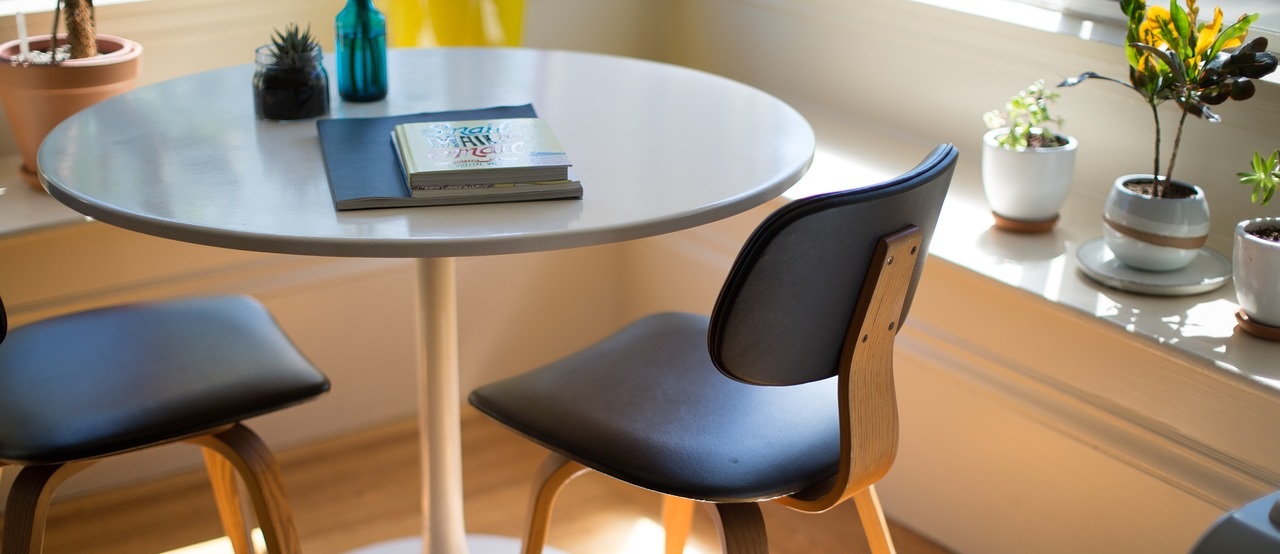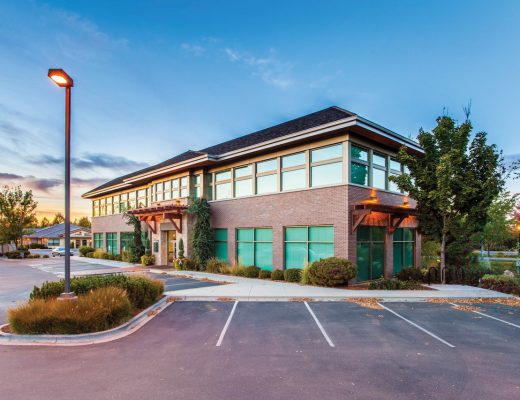I have been an entrepreneur my entire life and have started, grown and sold successful businesses in a variety of industries. I have also invested in commercial real estate for years, owning and redeveloping several office buildings. In that time, I’ve acquired a unique appreciation for what it means to incubate startup businesses and how important the right office space is to achieving success.
No two startup businesses are alike and there is no magic formula to ensure you choose the right office space as your first permanent “home.” However, there are several things to keep in mind when looking for office space for the first time. Whether you are looking for 200 square feet or 20,000, you should always remember these four factors when making your decision:
1. Location
More than anything else, your odds of success as a startup hinge on the quality of people you have working for you. Attracting better people than the next guy gives you a strategic advantage that could spell the difference between your business becoming the next market-making success or a total flop.
There are many things that can be done to help you attract top talent and, unfortunately, many of them cost a lot of money. However, your office space doesn’t have to be one of them. Start by thinking strategically about the relationship between your business location and the talent you need to succeed. Analyze carefully where your current employees live and where your future employees will want to live. Plot those locations on a map and get a sense for what general locations would be most attractive to the people you need to make your business grow.
Then, narrow your focus by studying their commuting options. It’s no secret that Millennials prefer car-free commuting. Look for office locations that will allow your employees to walk and bike to the office, ride a bus or take a train. Making it easy for your employees to get to work is guaranteed to give you a strategic advantage when hiring.
You should also consider your location relative to clients, investors and vendors. If your business is going live or die based on a key investor relationship, look for a location that will make it convenient for you to interact with them face to face. If being in the public eye helps you win new business, look for a building that will put you in front of your target market every day and negotiate exterior signage rights with the landlord. Bonus points if your landlord will allow you to paint a giant mural on the outside. Trust me, I know from personal experience. It works!
2. Size
A lot of startup businesses make the mistake of signing a lease for too much or too little office space. Once you’ve signed on the dotted line, you will need to live with your decision for the duration. Even if it’s only a one-year lease, it can seem like an eternity for a startup.
Fortunately, there’s something very easy that you can do to avoid this mistake: hire a professional space planner or architect. It’s no secret that the trend in office design is for open, collaborative spaces with fewer private offices and cubicles. There are also new furniture styles that make it possible to seat more people in a smaller space than most would have thought possible a few years ago. However, don’t just count the number of Ikea Bekant desks you’ve got or presume to know how much space you need. Sit down with a professional space planner and talk through the rhythm of your business, how it’s performing today and where you expect it to be in a year or so. It could be the best money you’ve ever spent.
You can also hedge on your decision by negotiating your lease carefully. If you expect your business to grow and don’t want the hassle of moving when the lease is up, try to secure expansion rights for the office spaces adjoining yours. After a year or two and you find your company is bursting at the seams, it may be possible to call in your expansion rights, ask your landlord to knock down a wall, and move into the space next door.
The same logic applies to downsizing your business. If you’re like most startups and find it tough to predict the future, make sure your lease includes the right to sublease some or all of the space. Having this flexibility on a major expense like office rent will be a huge help if you have to navigate a lean period.
3. Price
This next point seems like an obvious one, and it is. When you’re incubating a startup, you always try to spend as little of your cash as possible. This goes for office space, too. Show me a startup leasing extravagant office space and I’ll show you a group of people who will be looking for jobs in a few months. However, what people sometimes forget is that the money you spend on rent is money that can’t be spent on something else.
Let’s say you’re leasing 2,500 square feet and have an opportunity to save $5 per foot leasing one space instead of another. That’s $12,500 per year, a substantial amount of money for most startups. Depending on your headcount, that $12,500 might enable you to offer a perk that really catches people’s attention, such as:
- Subsidized parking and transit passes for everyone
- Free health club memberships for the entire company
- An annual cash bonus for every employee
- Monthly team outings and team-building activities
- Snacks and lunches, on the house
As I explain below, great things happen when brand, culture and office space all come together in perfect harmony. However, there are ways to build harmony that have nothing to do with office space. Ask your employees what matters most to them and see if there is a creative, win/win solution to be had.
4. Fit
I’ve saved the most important tip for last. Location, space and price are all critical but they ultimately fall under the heading of “fit.” Few things have a bigger impact on your ability to attract and retain great people, serve clients, and build a cohesive brand than achieving a perfect fit between your office space and the culture of your business.
It all starts with the image and style of the space. Every time an employee, recruit or client walks into your office, it’s sending a message about your business and what it wants to become. For this reason, it’s critical that you look at office space as part of your culture and brand. Does the space you’re considering complement your brand or detract from it? Will it help you build the company culture you’re striving for? From my experience, people can sense a good fit the minute they walk into an office space on a tour. If you’re having a hard time picturing your business there, keep looking.
What surrounds your space is critical, too. Millennials love environments where their work lives and personal lives can blend together seamlessly. They want bars, restaurants, retailers, coffee shops, health clubs and everything else to be close by and walkable. Look for these types of businesses in the neighborhood around your office building. If you can find an office space that’s surrounded by all the live/work/play amenities your people want, it’s a sign you may have found your perfect fit.
About the Author
Jim Simpson is CEO and Co-Founder of Crelow.com, the only demand-driven marketplace for office space. Crelow enables businesses to describe the type of office space they need and to gather bids directly from landlord reps who have space to match.







